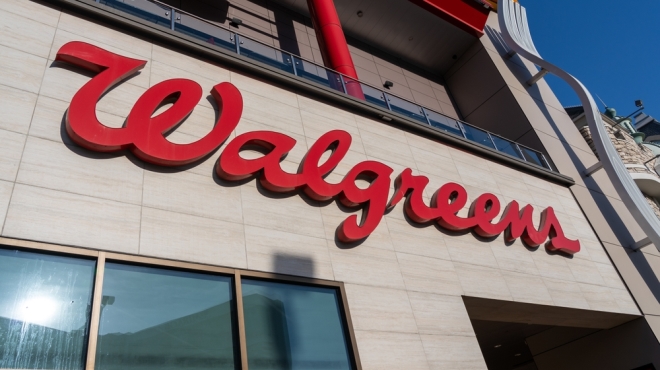The recent announcement that Sycamore Partners will acquire Walgreens Boots Alliance, ending its nearly century-long status as a public company, is expected to have a major impact on the commercial real estate market.
This acquisition, valued at up to $23.7 billion, ranks among the largest leveraged buyouts in recent history and is set to reshape retail real estate strategies.
According to a Trepp analysis, Walgreens operates over 8,175 stores in the U.S., with most locations leased rather than owned. The company typically favors freestanding stores in high-traffic areas, as well as locations in strip centers and shopping districts.
With Sycamore Partners taking control, Walgreens’ approach to real estate management could undergo significant changes. Trepp notes that the firm may accelerate store closures as part of its ongoing strategy to eliminate underperforming locations. This shift could reduce Walgreens’ real estate footprint, affecting landlords whose leases are nearing expiration.
The acquisition comes at a time when Walgreens is dealing with financial difficulties, including a high debt load and declining retail sales. As a private entity, the company will have more flexibility to implement cost-cutting strategies and restructuring efforts without the pressure of public earnings reports. This could include renegotiating leases, repurposing properties, or even breaking up the company to extract value from its various divisions.
Such actions may influence the creditworthiness of Walgreens’ leases, which could impact landlords and investors with exposure to these properties across different financial structures.
For commercial real estate investors, particularly those involved in CMBS, the key consideration is the likelihood of major shifts in underperforming locations. Adapting to changes in credit risk and property usage will be crucial as Sycamore Partners focuses on improving efficiencies and profitability. Landlords may face tough lease negotiations or the challenge of re-tenanting vacated properties, which can be costly due to the large size and specific design of Walgreens stores.
Beyond Walgreens itself, this acquisition underscores the difficulties traditional retailers face in adapting to a rapidly changing retail environment, where e-commerce and evolving consumer behaviors are driving strategic transformations.
As large retail chains restructure, the market may see increased consolidation and new partnerships, leading to a smaller number of dominant players in the retail pharmacy space. This trend could further reshape the commercial real estate landscape as companies refine their property strategies to align with shifting industry dynamics.
Source: GlobeSt.

